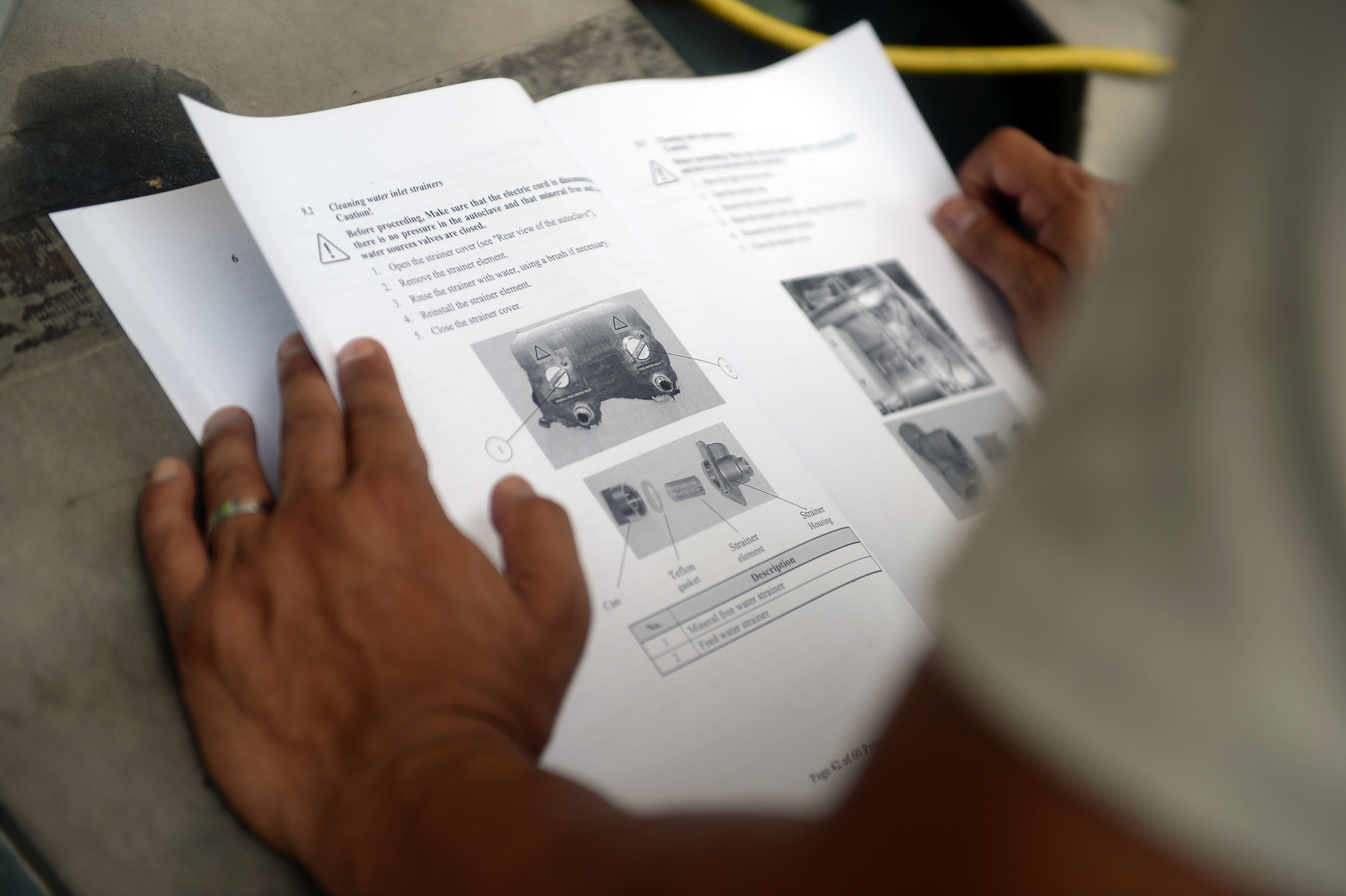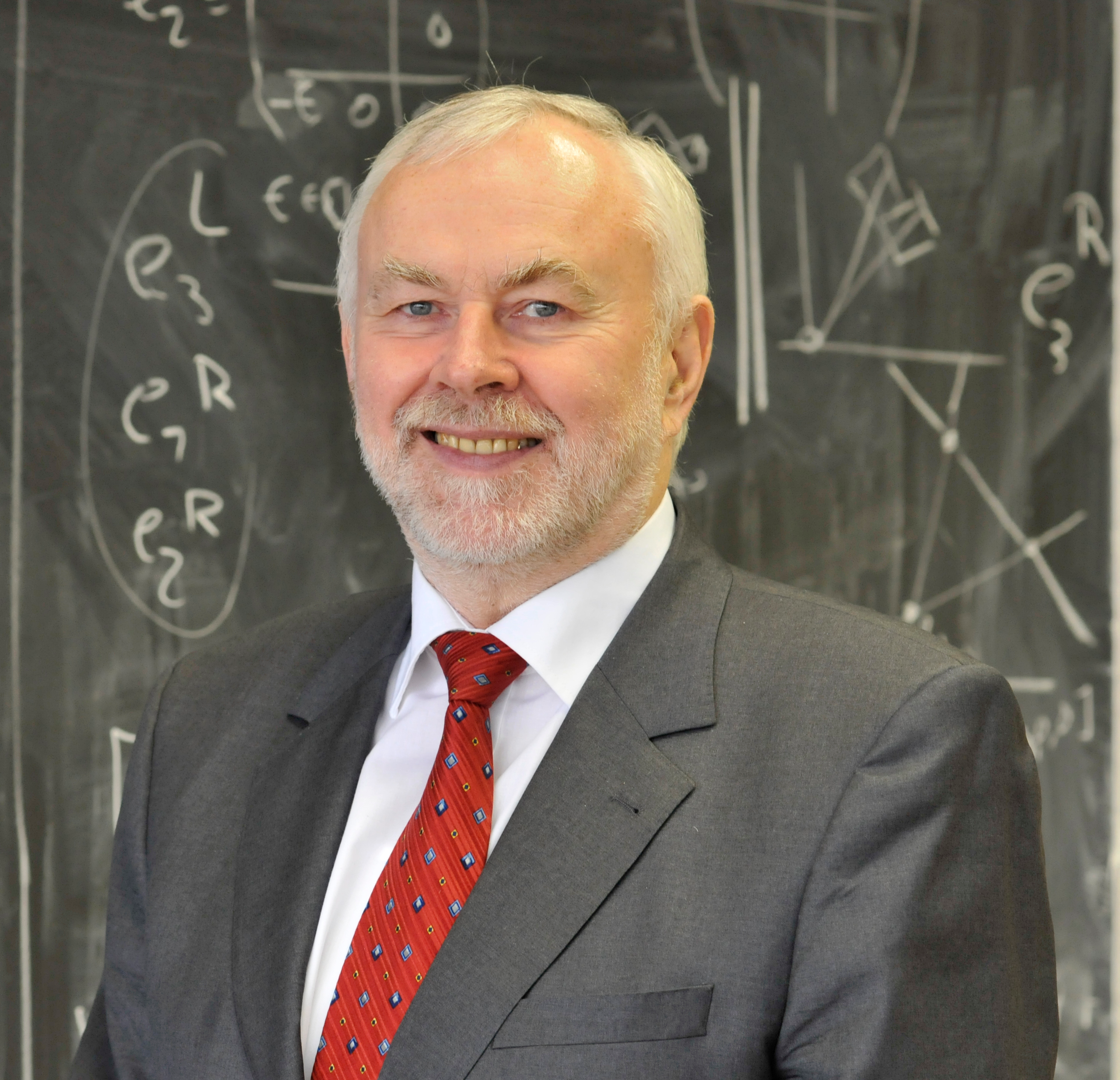|
Chemical Graph Theory
Chemical graph theory is the topology branch of mathematical chemistry which applies graph theory to mathematical modelling of chemical phenomena. The pioneers of chemical graph theory are Alexandru Balaban, Ante Graovac, Iván Gutman, Haruo Hosoya, Milan Randić and Nenad Trinajstić (also Harry Wiener and others). In 1988, it was reported that several hundred researchers worked in this area, producing about 500 articles annually. A number of monographs have been written in the area, including the two-volume comprehensive text by Trinajstić, ''Chemical Graph Theory'', that summarized the field up to mid-1980s. The adherents of the theory maintain that the properties of a chemical graph (i.e., a graph-theoretical representation of a molecule) give valuable insights into the chemical phenomena. Others contend that graphs play only a fringe role in chemical research.D.H. Rouvray, "Combinatorics in Chemistry", pp. 1955-1982, in: Ronald Graham, Martin Grötschel, László Lovász (E ... [...More Info...] [...Related Items...] OR: [Wikipedia] [Google] [Baidu] |
Topology (chemistry)
In chemistry, topology provides a way of describing and predicting the molecular structure within the constraints of three-dimensional (3-D) space. Given the determinants of chemical bonding and the chemical properties of the atoms, topology provides a model for explaining how the atoms ethereal wave functions must fit together. Molecular topology is a part of mathematical chemistry dealing with the algebraic description of chemical compounds so allowing a unique and easy characterization of them. Topology is insensitive to the details of a scalar field, and can often be determined using simplified calculations. Scalar fields such as electron density, Madelung field, covalent field and the electrostatic potential can be used to model topology.Brown, David; Topology and Chemistry; Structural Chemistry Volume 13, Numbers 3–4, 339–355, Each scalar field has its own distinctive topology and each provides different information about the nature of chemical bonding and structure ... [...More Info...] [...Related Items...] OR: [Wikipedia] [Google] [Baidu] |
Ronald Graham
Ronald Lewis Graham (October 31, 1935July 6, 2020) was an American mathematician credited by the American Mathematical Society as "one of the principal architects of the rapid development worldwide of discrete mathematics in recent years". He was president of both the American Mathematical Society and the Mathematical Association of America, and his honors included the Leroy P. Steele Prize for lifetime achievement and election to the National Academy of Sciences. After graduate study at the University of California, Berkeley, Graham worked for many years at Bell Labs and later at the University of California, San Diego. He did important work in scheduling theory, computational geometry, Ramsey theory, and quasi-randomness, and many topics in mathematics are named after him. He published six books and about 400 papers, and had nearly 200 co-authors, including many collaborative works with his wife Fan Chung and with Paul Erdős. Graham has been featured in ''Ripley's Believe ... [...More Info...] [...Related Items...] OR: [Wikipedia] [Google] [Baidu] |
Theoretical Chemistry
Theoretical chemistry is the branch of chemistry which develops theoretical generalizations that are part of the theoretical arsenal of modern chemistry: for example, the concepts of chemical bonding, chemical reaction, valence, the surface of potential energy, molecular orbitals, orbital interactions, and molecule activation. Overview Theoretical chemistry unites principles and concepts common to all branches of chemistry. Within the framework of theoretical chemistry, there is a systematization of chemical laws, principles and rules, their refinement and detailing, the construction of a hierarchy. The central place in theoretical chemistry is occupied by the doctrine of the interconnection of the structure and properties of molecular systems. It uses mathematical and physical methods to explain the structures and dynamics of chemical systems and to correlate, understand, and predict their thermodynamic and kinetic properties. In the most general sense, it is explanation of ... [...More Info...] [...Related Items...] OR: [Wikipedia] [Google] [Baidu] |
Topological Index
In the fields of chemical graph theory, molecular topology, and mathematical chemistry, a topological index, also known as a connectivity index, is a type of a molecular descriptor that is calculated based on the molecular graph of a chemical compound. Topological indices are numerical parameters of a graph which characterize its topology and are usually graph invariant. Topological indices are used for example in the development of quantitative structure-activity relationships (QSARs) in which the biological activity or other properties of molecules are correlated with their chemical structure. Calculation Topological descriptors are derived from hydrogen-suppressed molecular graphs, in which the atoms are represented by vertices and the bonds by edges. The connections between the atoms can be described by various types of topological matrices (e.g., distance or adjacency matrices), which can be mathematically manipulated so as to derive a single number, usually known as grap ... [...More Info...] [...Related Items...] OR: [Wikipedia] [Google] [Baidu] |
Molecule Mining
This page describes mining for molecules. Since molecules may be represented by molecular graphs this is strongly related to graph mining and structured data mining. The main problem is how to represent molecules while discriminating the data instances. One way to do this is chemical similarity metrics, which has a long tradition in the field of cheminformatics. Typical approaches to calculate chemical similarities use chemical fingerprints, but this loses the underlying information about the molecule topology. Mining the molecular graphs directly avoids this problem. So does the inverse QSAR problem which is preferable for vectorial mappings. Coding(Moleculei,Moleculej\neqi) Kernel methods * Marginalized graph kernelH. Kashima, K. Tsuda, A. Inokuchi, Marginalized Kernels Between Labeled Graphs, The 20th International Conference on Machine Learning (ICML2003), 2003. PDF * Optimal assignment kernelH. Fröhlich, J. K. Wegner, A. Zell, ''Optimal Assignment Kernels For Attributed ... [...More Info...] [...Related Items...] OR: [Wikipedia] [Google] [Baidu] |
Chemical Graph Generator
A chemical graph generator is a software package to generate computer representations of chemical structures adhering to certain boundary conditions. The development of such software packages is a research topic of cheminformatics. Chemical graph generators are used in areas such as virtual library generation in drug design, in molecular design with specified properties, called inverse QSAR/QSPR, as well as in organic synthesis design, retrosynthesis or in systems for computer-assisted structure elucidation (CASE). CASE systems again have regained interest for the structure elucidation of unknowns in computational metabolomics, a current area of computational biology. History Molecular structure generation is a branch of graph generation problems. Molecular structures are graphs with chemical constraints such as valences, bond multiplicity and fragments. These generators are the core of CASE systems. In a generator, the molecular formula is the basic input. If fragments a ... [...More Info...] [...Related Items...] OR: [Wikipedia] [Google] [Baidu] |
Periodic Graphs (Crystallography)
In crystallography, a periodic graph or crystal net is a three-dimensional periodic graph, i.e., a three-dimensional Euclidean graph whose vertices or nodes are points in three-dimensional Euclidean space, and whose edges (or bonds or spacers) are line segments connecting pairs of vertices, periodic in three linearly independent axial directions. There is usually an implicit assumption that the set of vertices are uniformly discrete, i.e., that there is a fixed minimum distance between any two vertices. The vertices may represent positions of atoms or complexes or clusters of atoms such as single-metal ions, molecular building blocks, or secondary building units, while each edge represents a chemical bond or a polymeric ligand. Although the notion of a periodic graph or crystal net is ultimately mathematical (actually a crystal net is nothing but a periodic realization of an abelian covering graph over a finite graph ), and is closely related to that of a Tessellation of sp ... [...More Info...] [...Related Items...] OR: [Wikipedia] [Google] [Baidu] |
Euclidean Graph
Geometric graph theory in the broader sense is a large and amorphous subfield of graph theory, concerned with graphs defined by geometric means. In a stricter sense, geometric graph theory studies combinatorial and geometric properties of geometric graphs, meaning graphs drawn in the Euclidean plane with possibly intersecting straight-line edges, and topological graphs, where the edges are allowed to be arbitrary continuous curves connecting the vertices, thus it is "the theory of geometric and topological graphs" (Pach 2013). Geometric graphs are also known as spatial networks. Different types of geometric graphs A ''planar straight-line graph'' is a graph in which the vertices are embedded as points in the Euclidean plane, and the edges are embedded as non-crossing line segments. Fáry's theorem states that any planar graph may be represented as a planar straight line graph. A triangulation is a planar straight line graph to which no more edges may be added, so called becau ... [...More Info...] [...Related Items...] OR: [Wikipedia] [Google] [Baidu] |
Handbook Of Combinatorics
A handbook is a type of reference work, or other collection of instructions, that is intended to provide ready reference. The term originally applied to a small or portable book containing information useful for its owner, but the ''Oxford English Dictionary'' defines the current sense as "any book ... giving information such as facts on a particular subject, guidance in some art or occupation, instructions for operating a machine, or information for tourists." accessed 23 March 2017. A handbook is sometimes referred to as a '''' ( |
László Lovász
László Lovász (; born March 9, 1948) is a Hungarian mathematician and professor emeritus at Eötvös Loránd University, best known for his work in combinatorics, for which he was awarded the 2021 Abel Prize jointly with Avi Wigderson. He was the president of the International Mathematical Union from 2007 to 2010 and the president of the Hungarian Academy of Sciences from 2014 to 2020. In graph theory, Lovász's notable contributions include the proofs of Kneser's conjecture and the Lovász local lemma, as well as the formulation of the Erdős–Faber–Lovász conjecture. He is also one of the eponymous authors of the LLL lattice reduction algorithm. Early life and education Lovász was born on March 9, 1948, in Budapest, Hungary. Lovász attended the Fazekas Mihály Gimnázium in Budapest. He won three gold medals (1964–1966) and one silver medal (1963) at the International Mathematical Olympiad. He also participated in a Hungarian game show about math prodigies. ... [...More Info...] [...Related Items...] OR: [Wikipedia] [Google] [Baidu] |
Martin Grötschel
Martin Grötschel (born 10 September 1948) is a German mathematician known for his research on combinatorial optimization, polyhedral combinatorics, and operations research. From 1991 to 2012 he was Vice President of the Zuse Institute Berlin (ZIB) and served from 2012 to 2015 as ZIB's President. From 2015 to 2020 he was President of the Berlin-Brandenburg Academy of Sciences and Humanities (BBAW). Biography Grötschel was born in Schwelm, Germany, and earned a diploma in mathematics with minor in economics in 1973 from the University of Bochum. He completed a doctorate in 1977 at the University of Bonn under the supervision of Bernhard Korte, and obtained his habilitation at Bonn in the field operations research in 1981. One year later he was appointed full professor for applied mathematics at the University of Augsburg. From 1991 until his retirement at the end of September 2015 he was, while also engaged at ZIB, full professor for information technology at Technical Uni ... [...More Info...] [...Related Items...] OR: [Wikipedia] [Google] [Baidu] |



